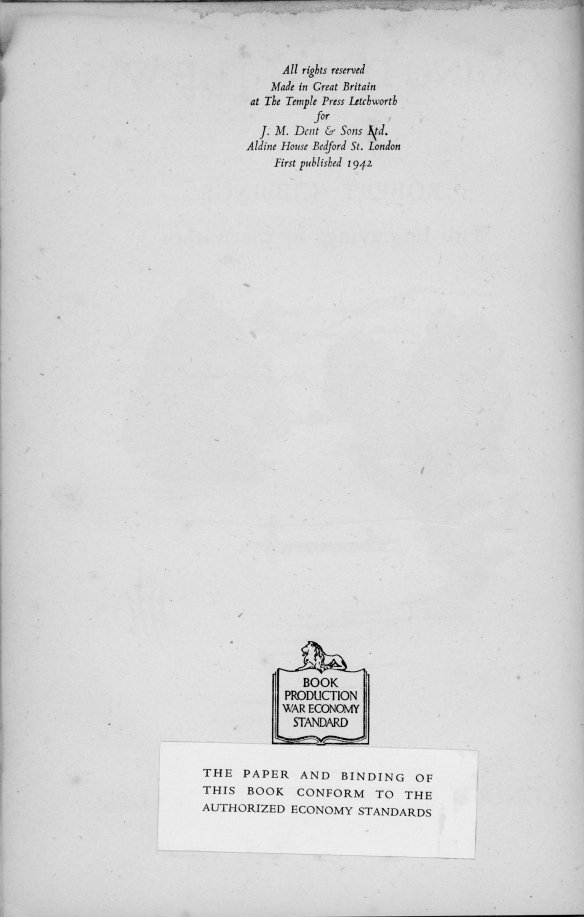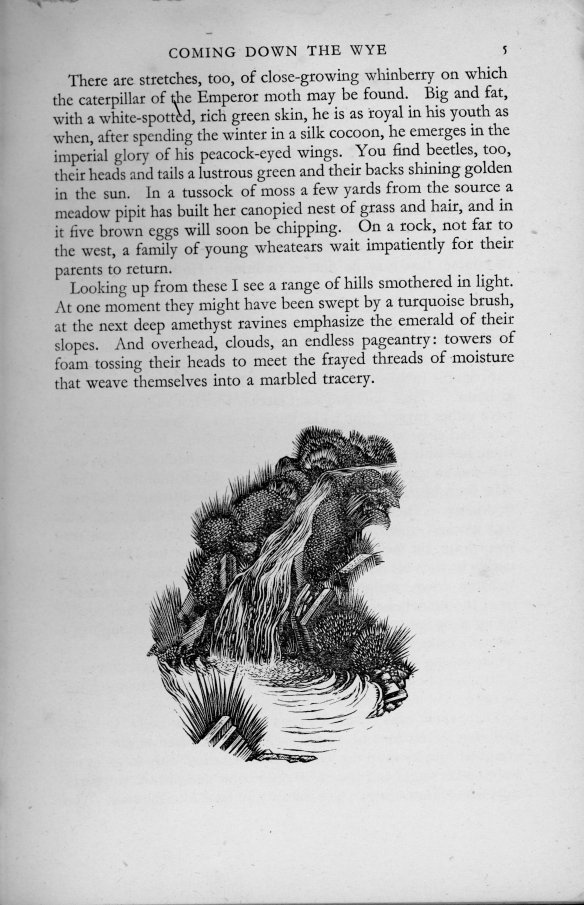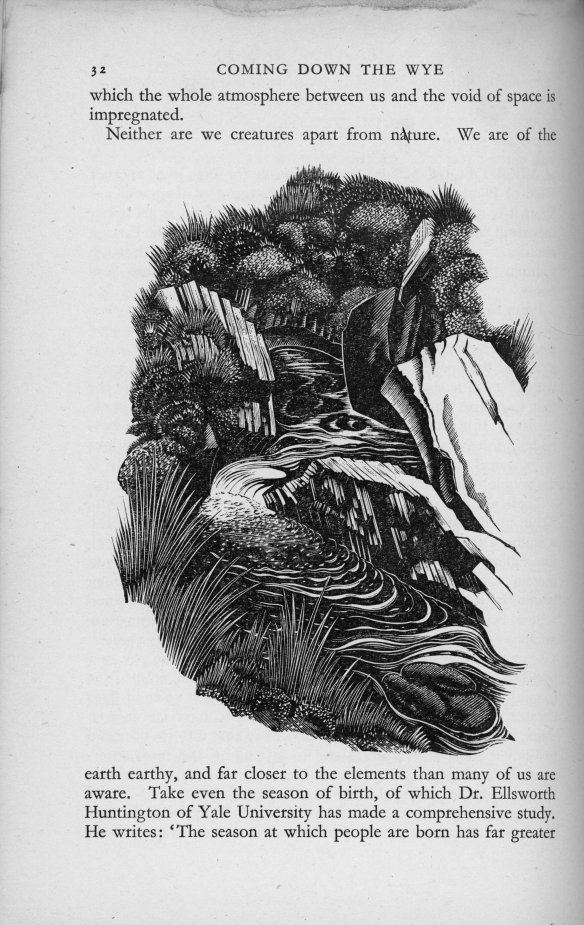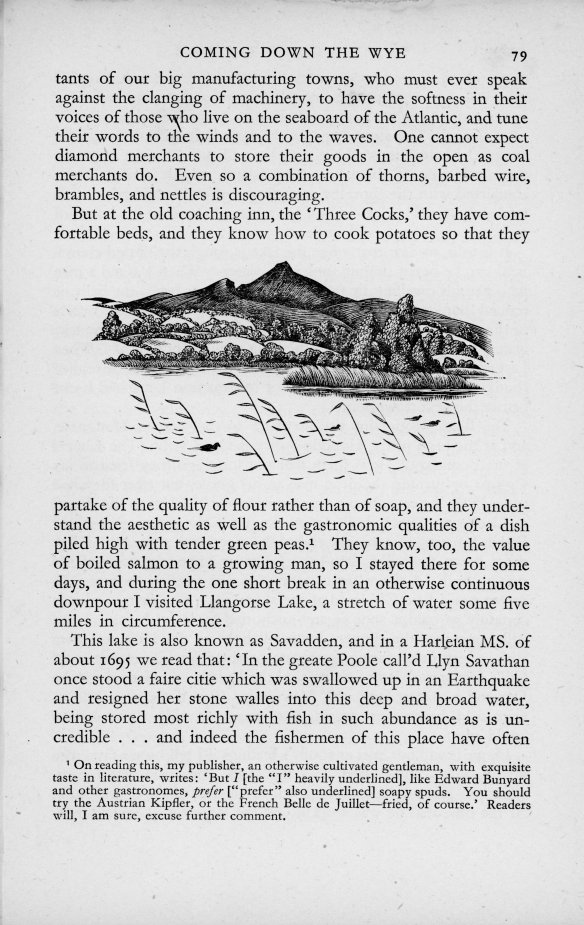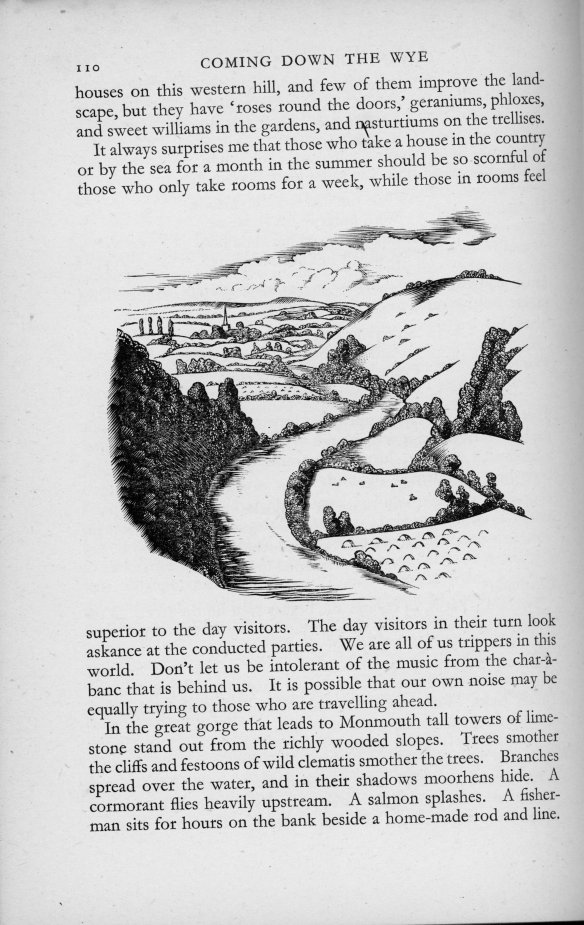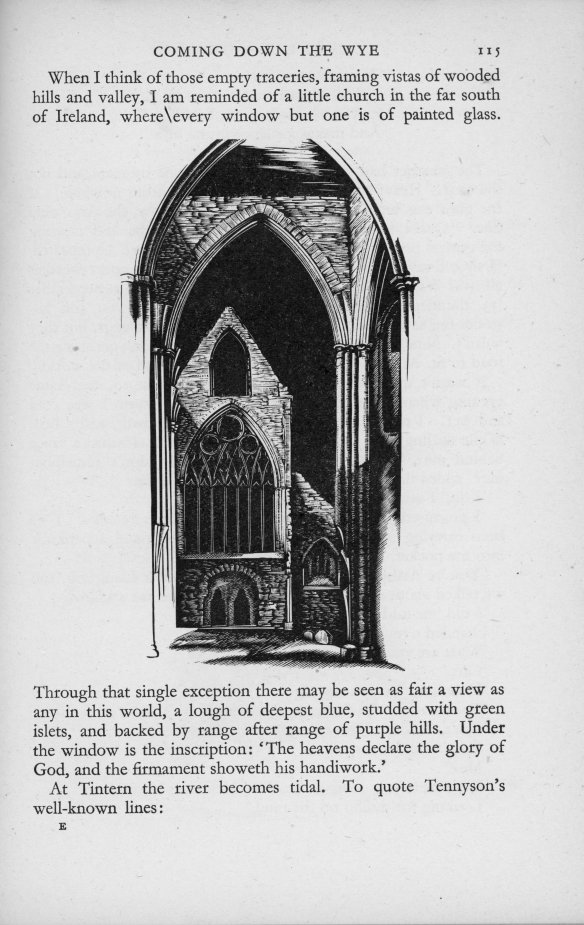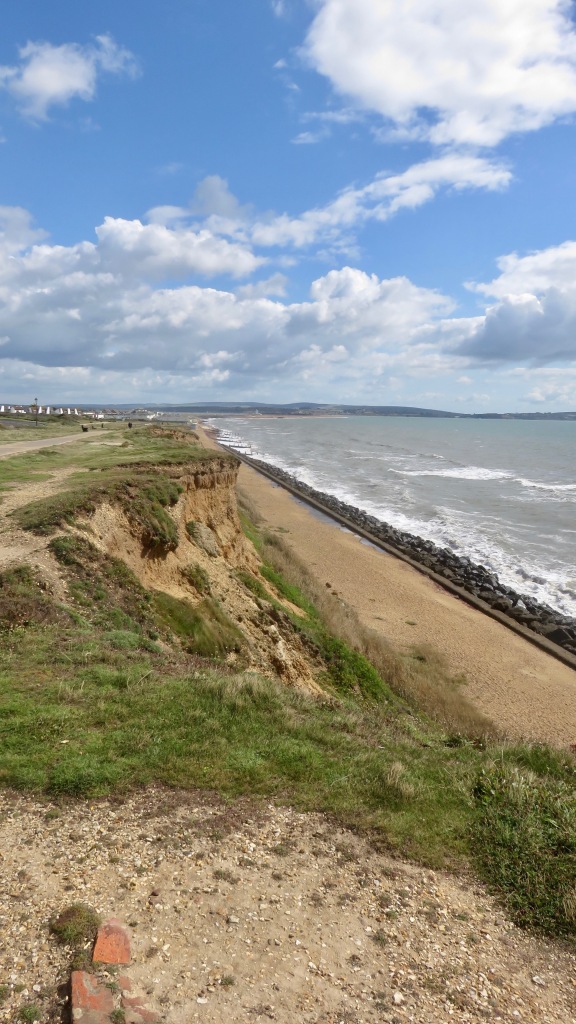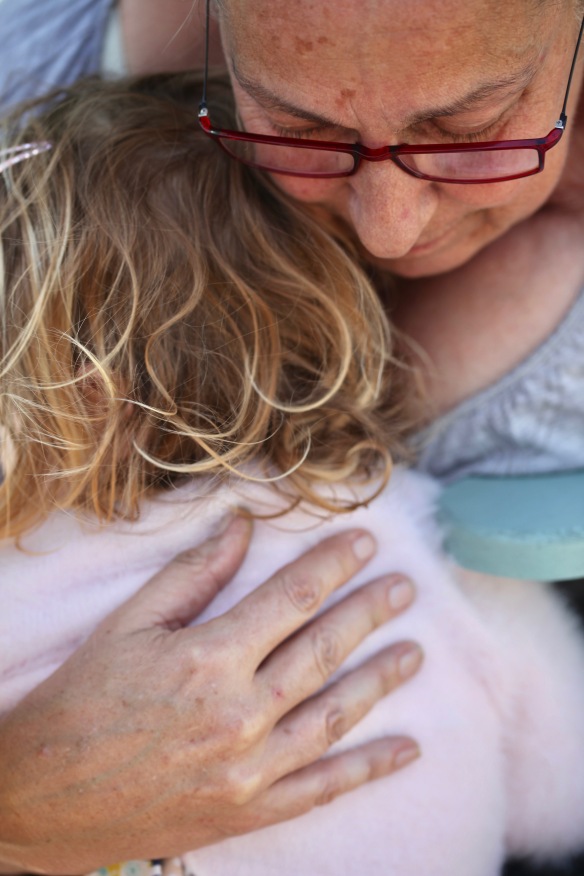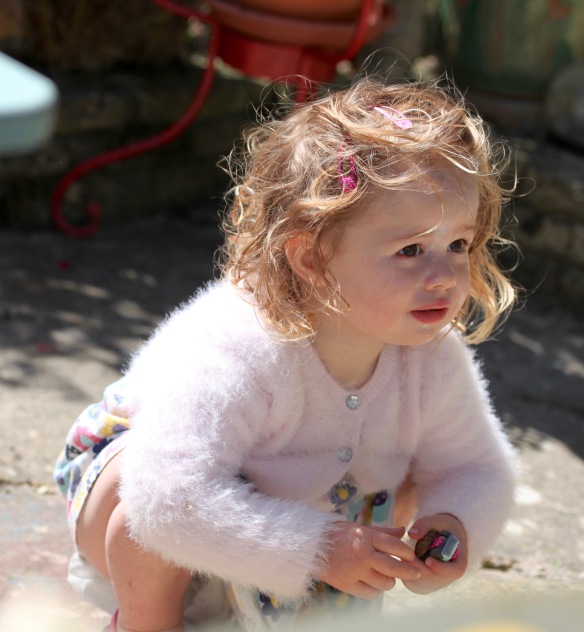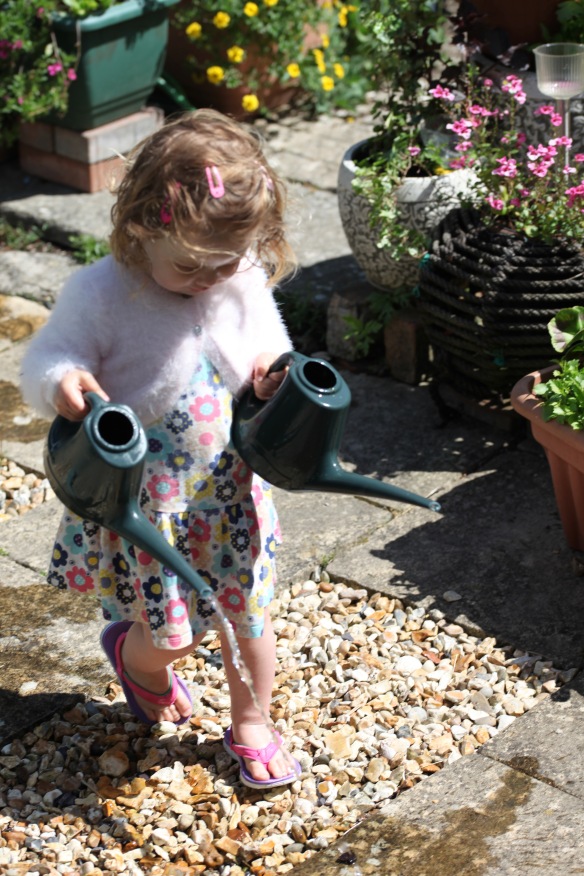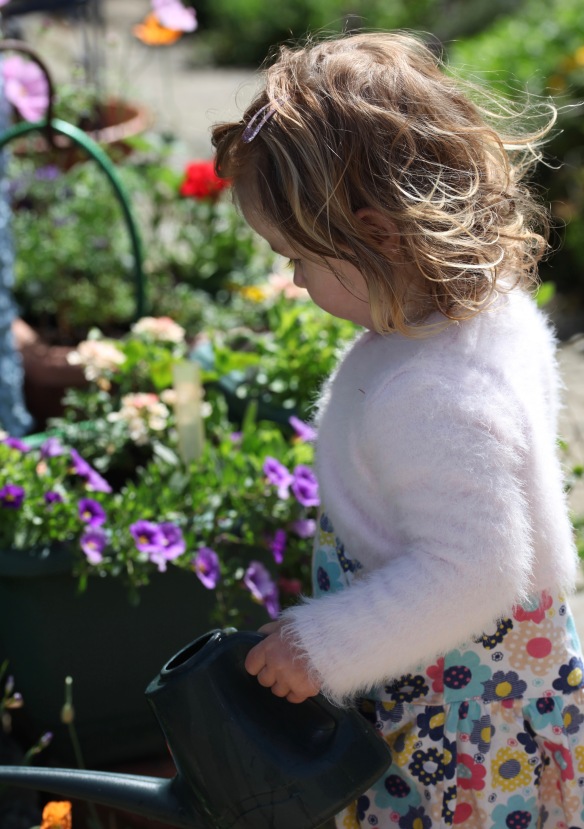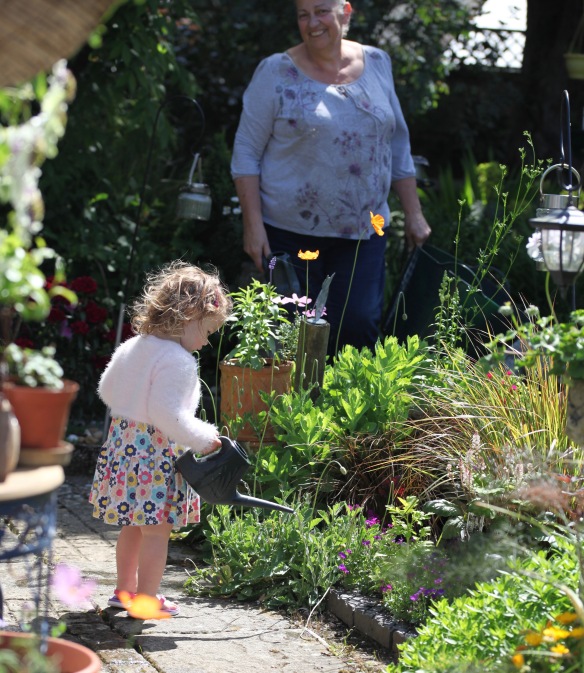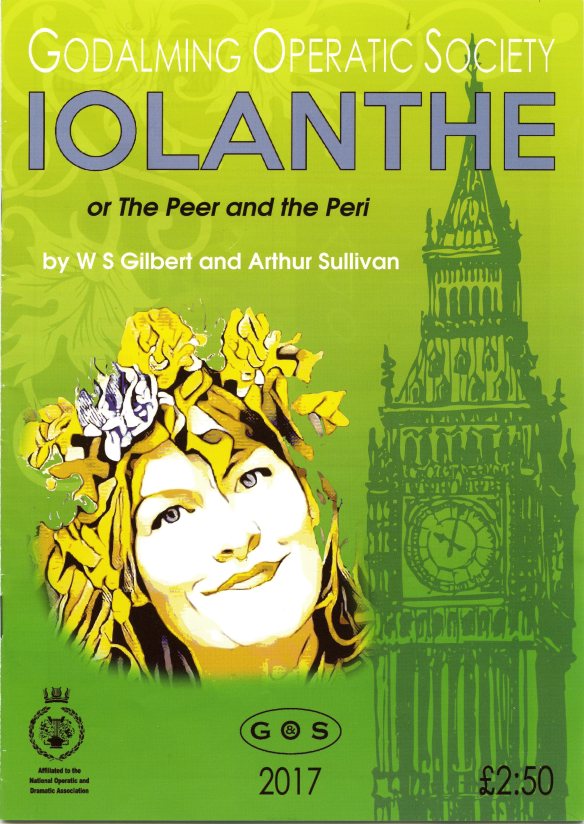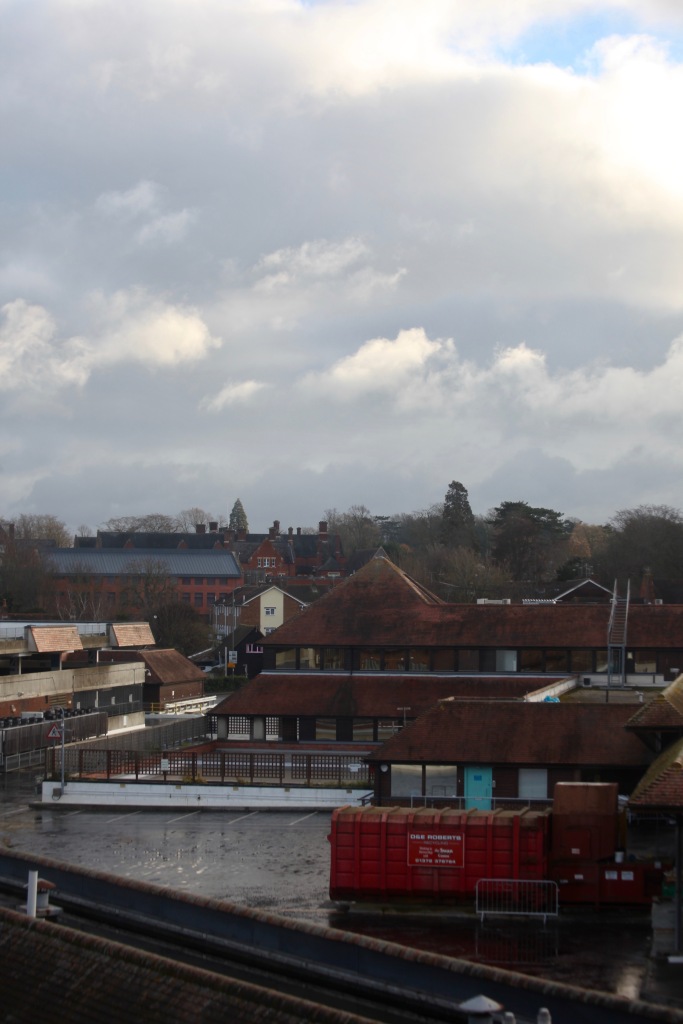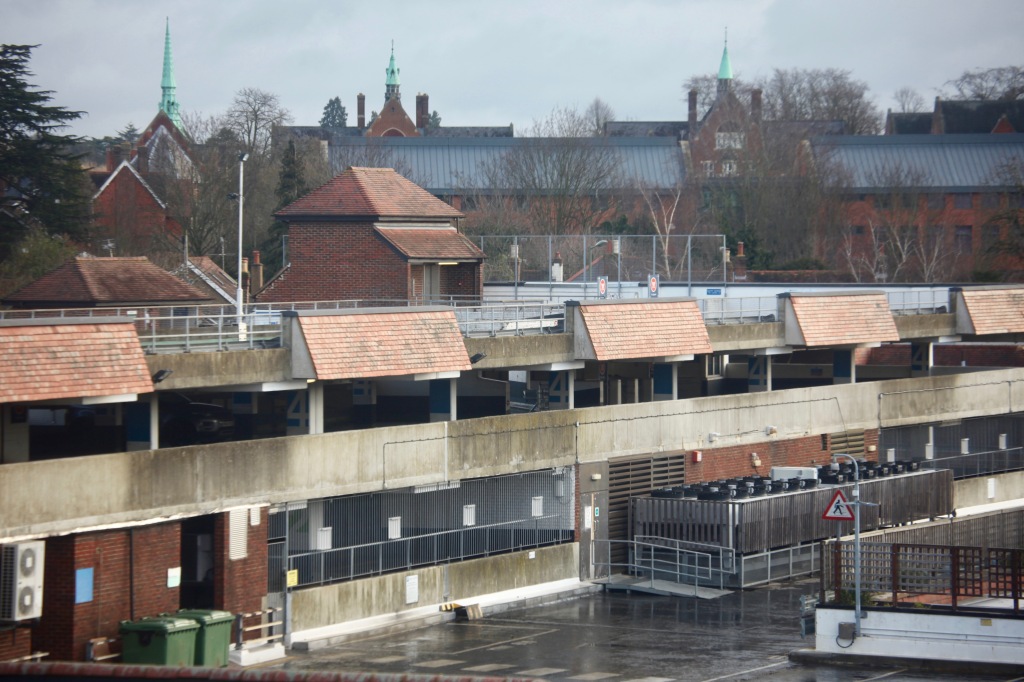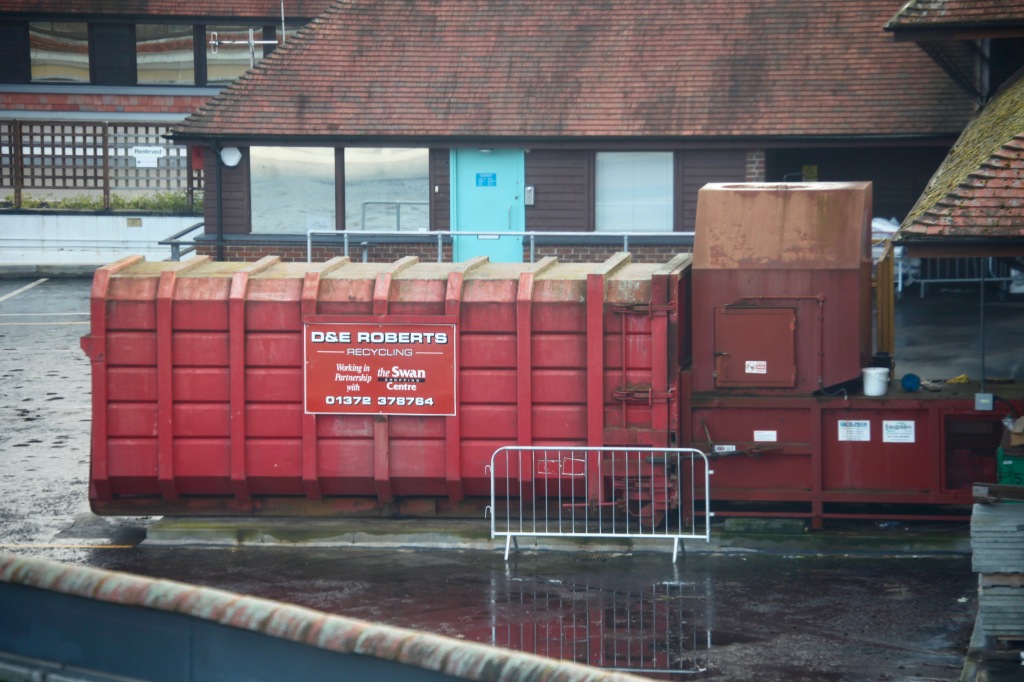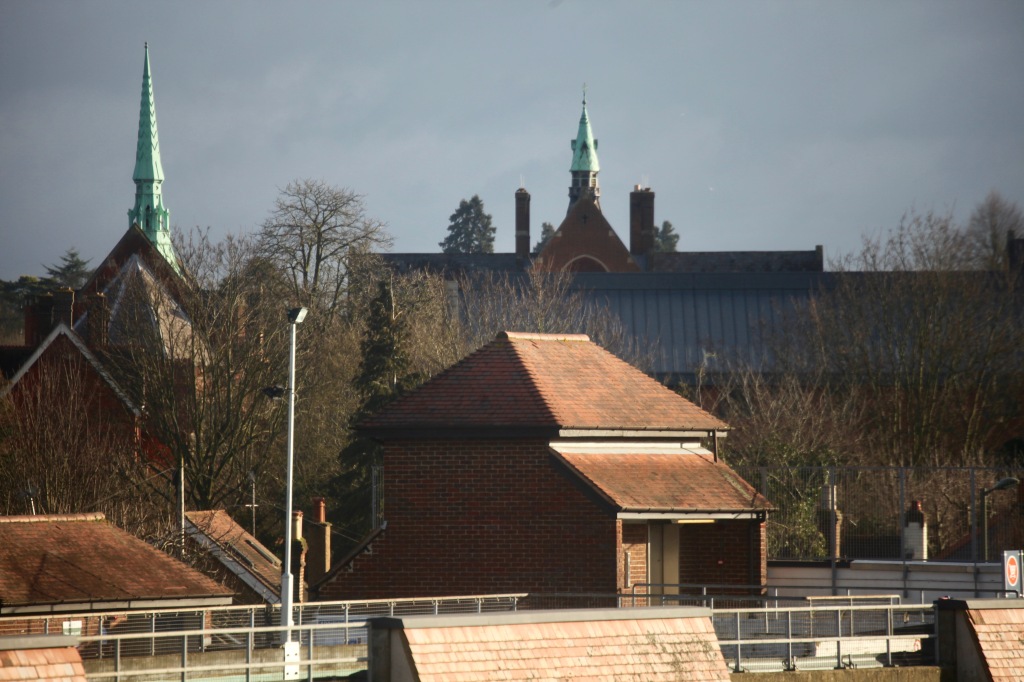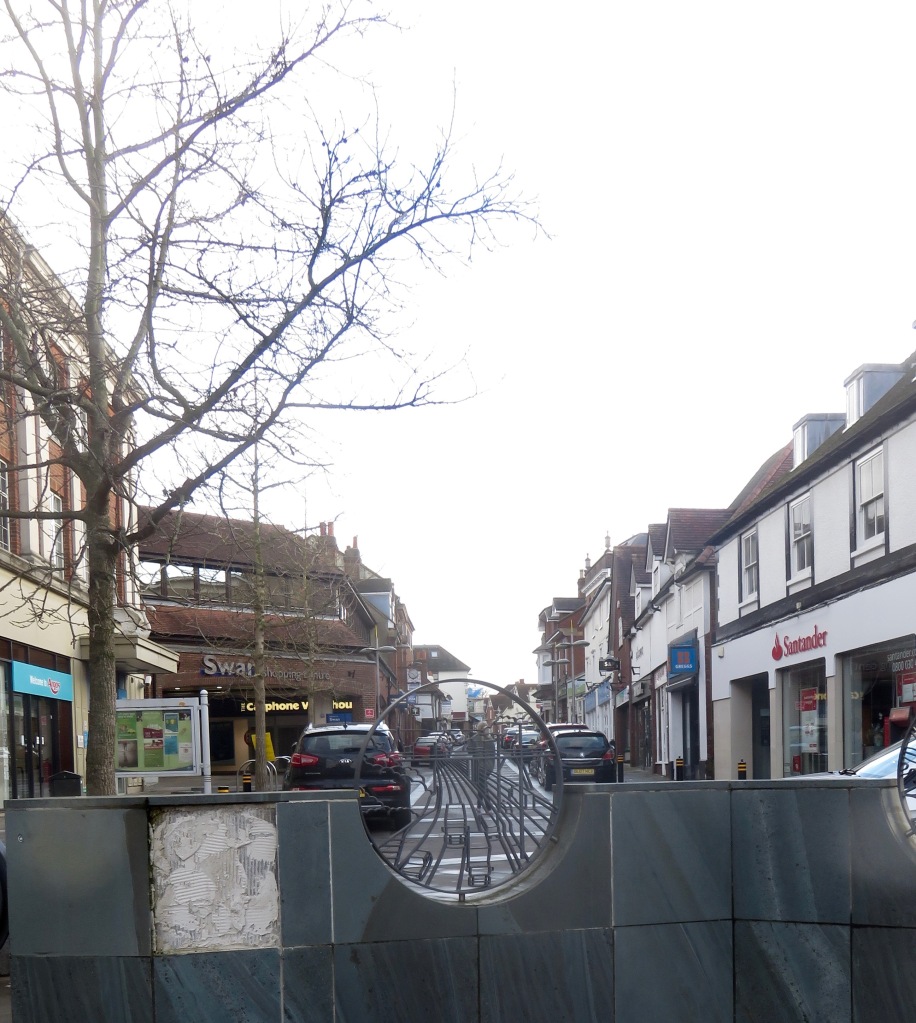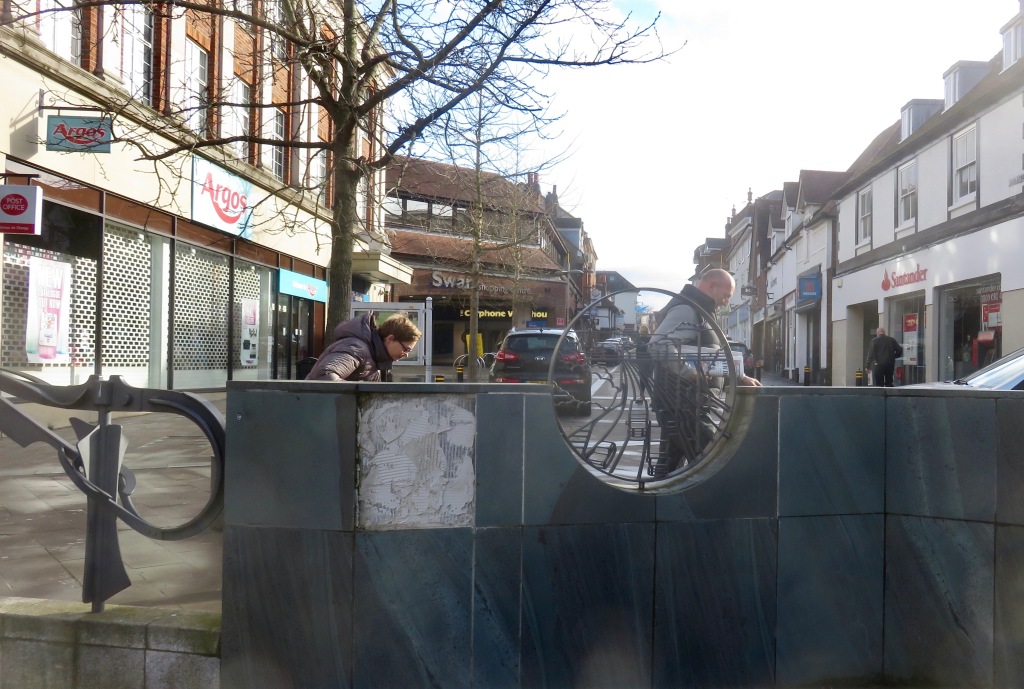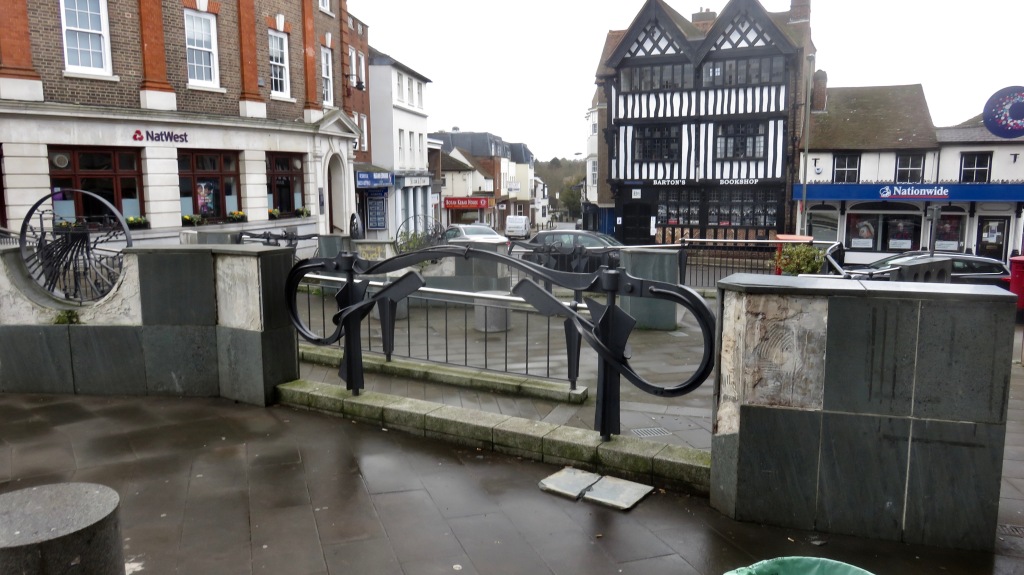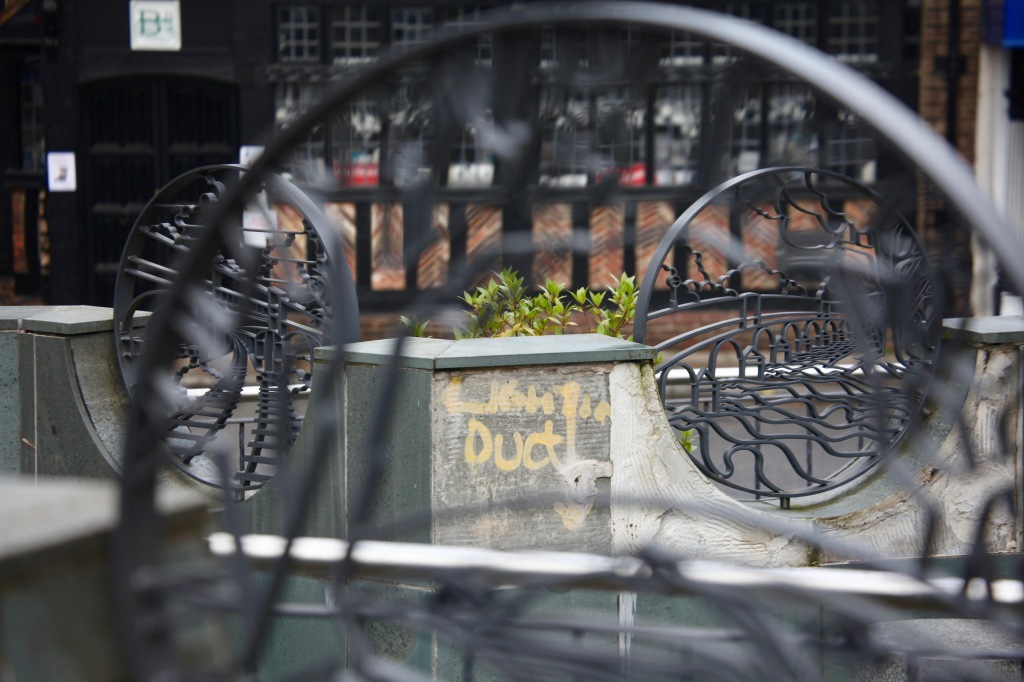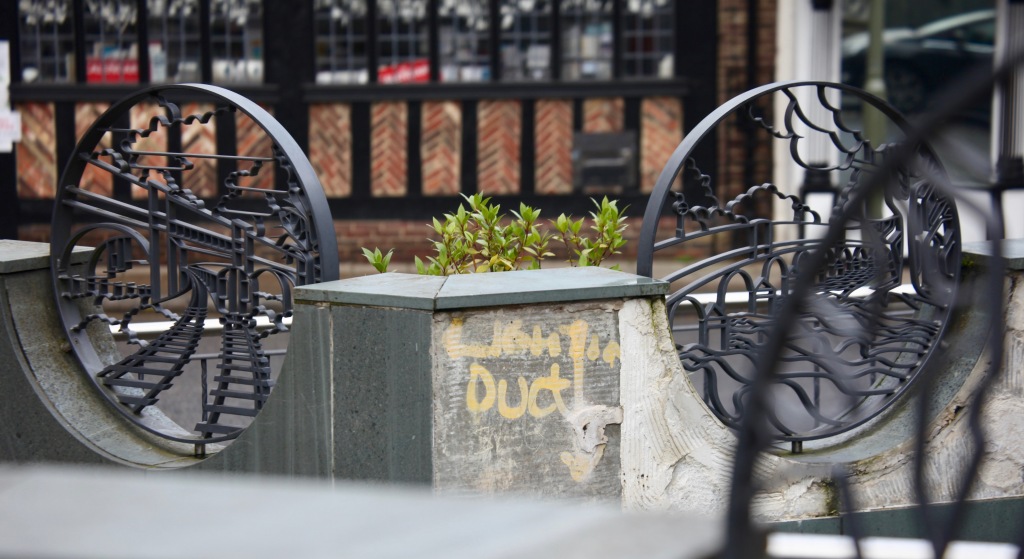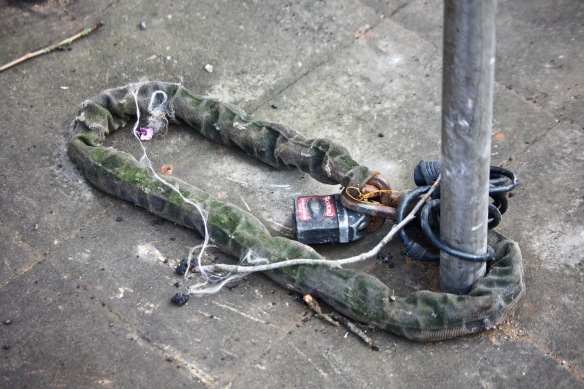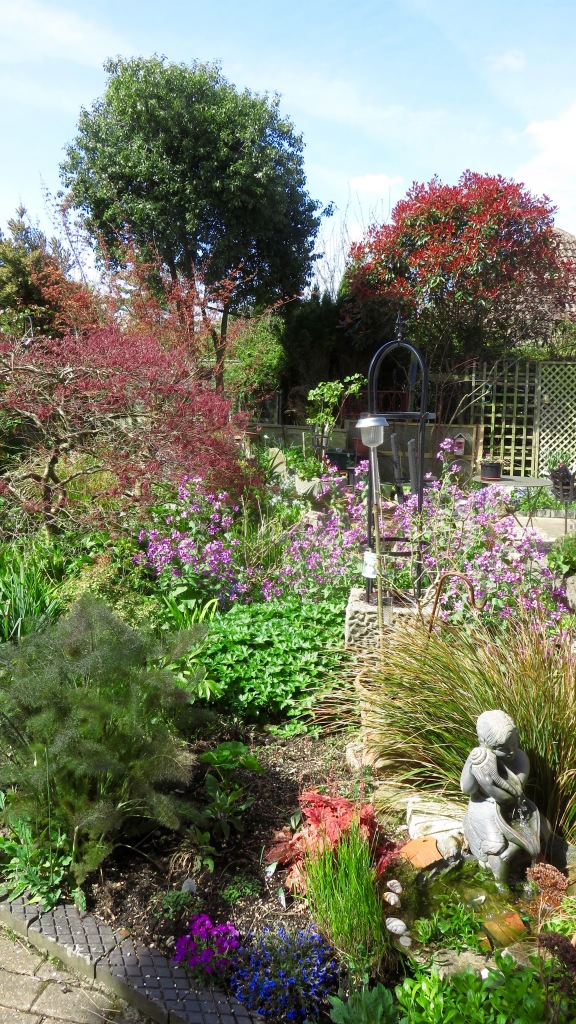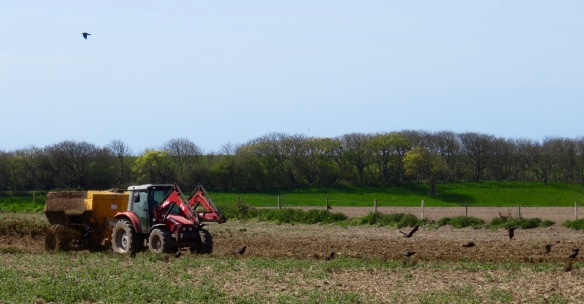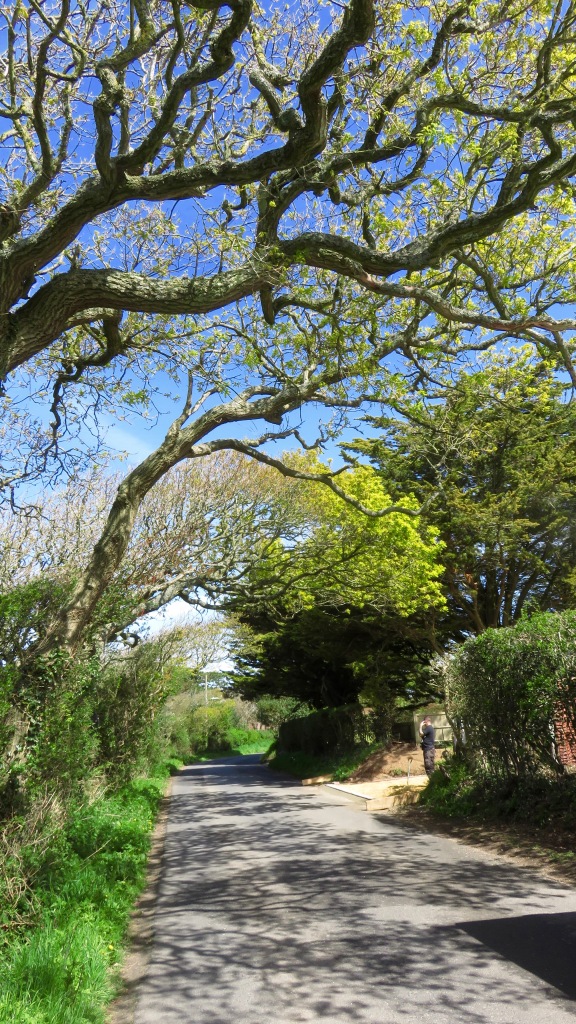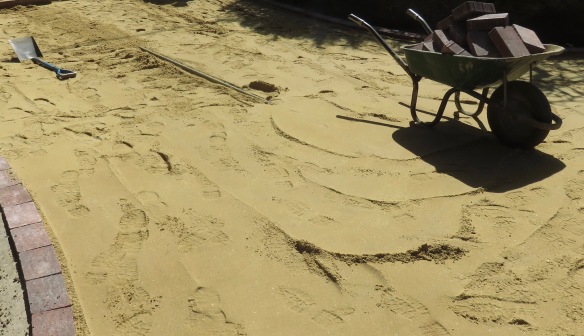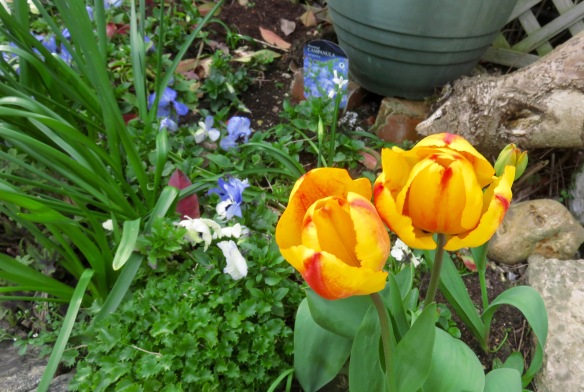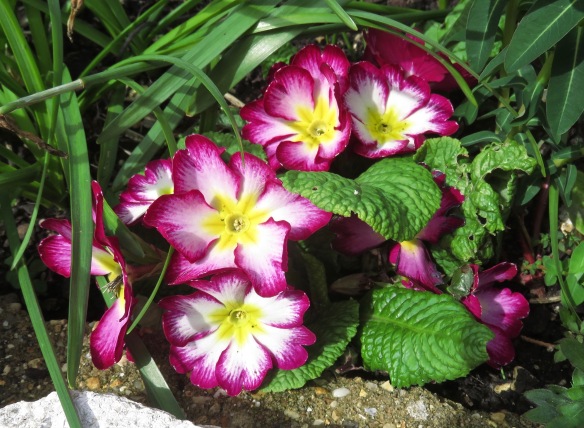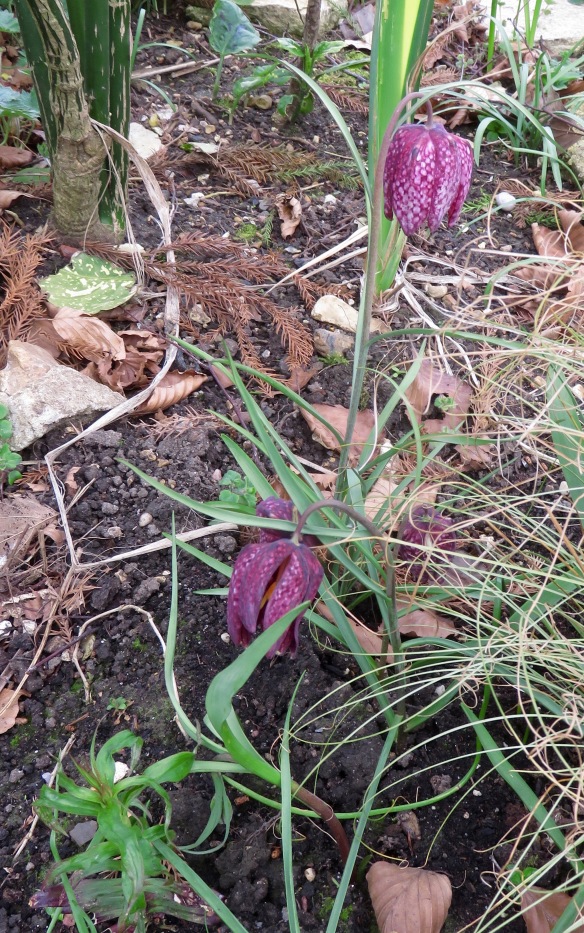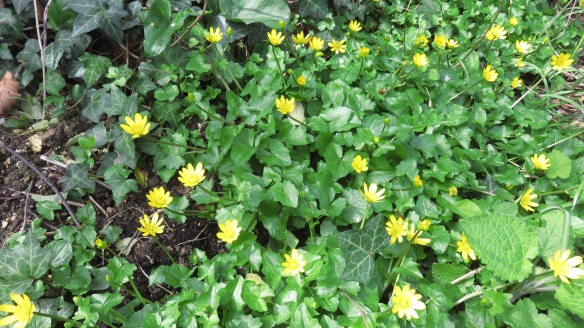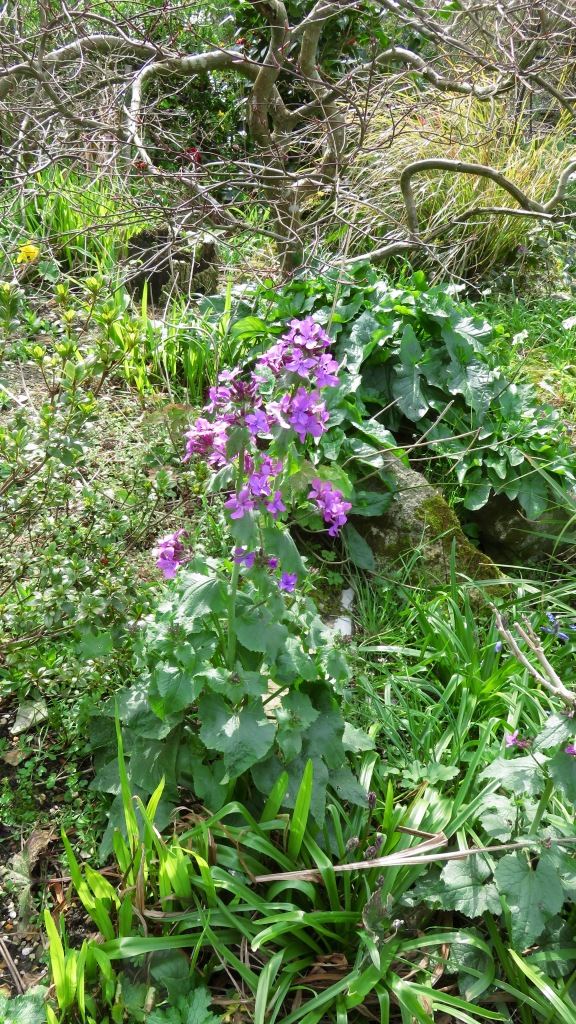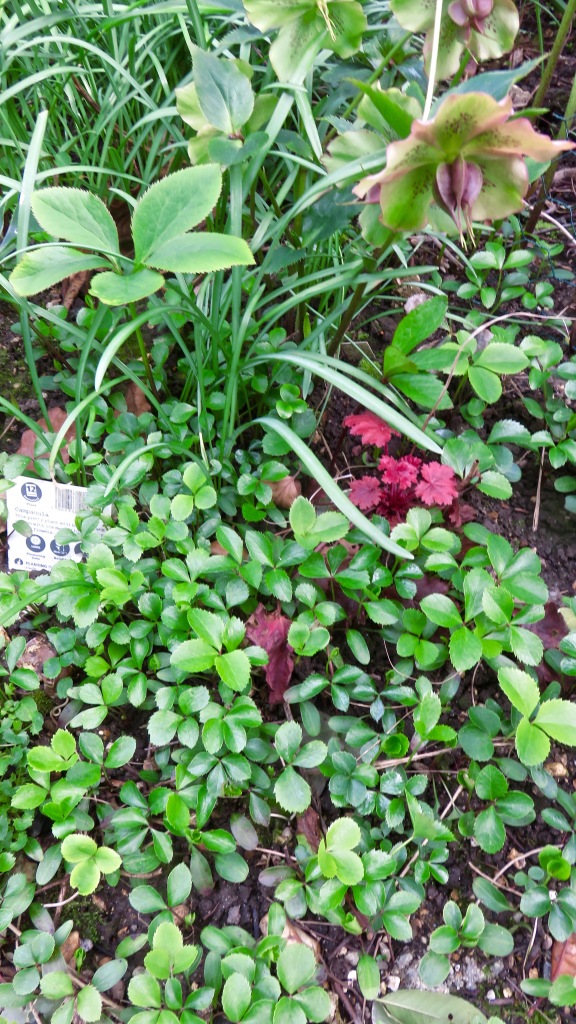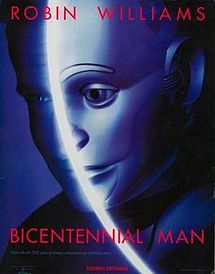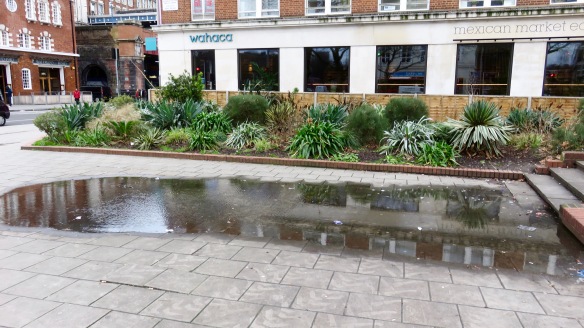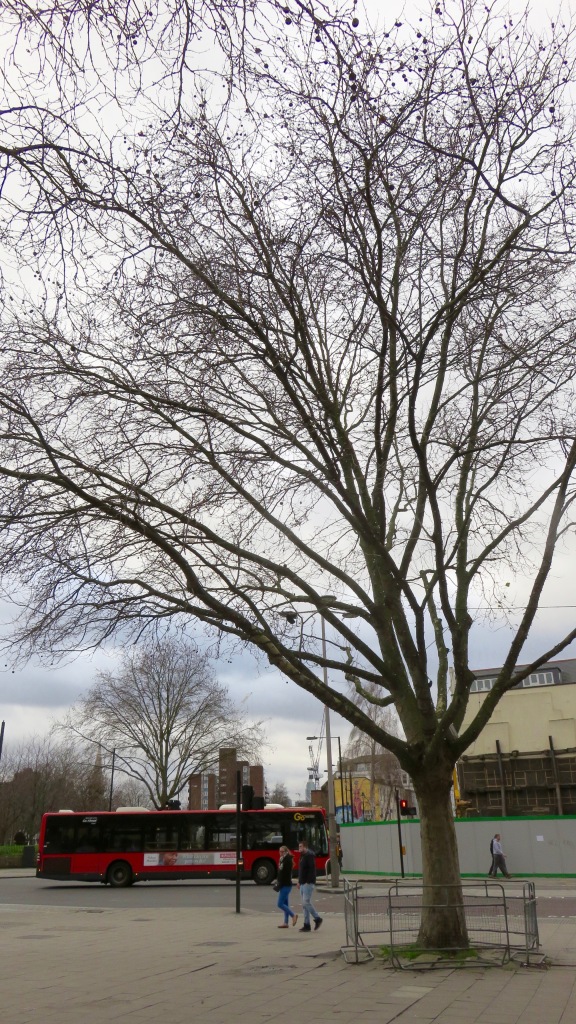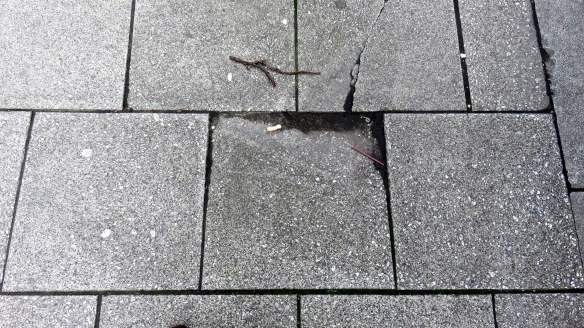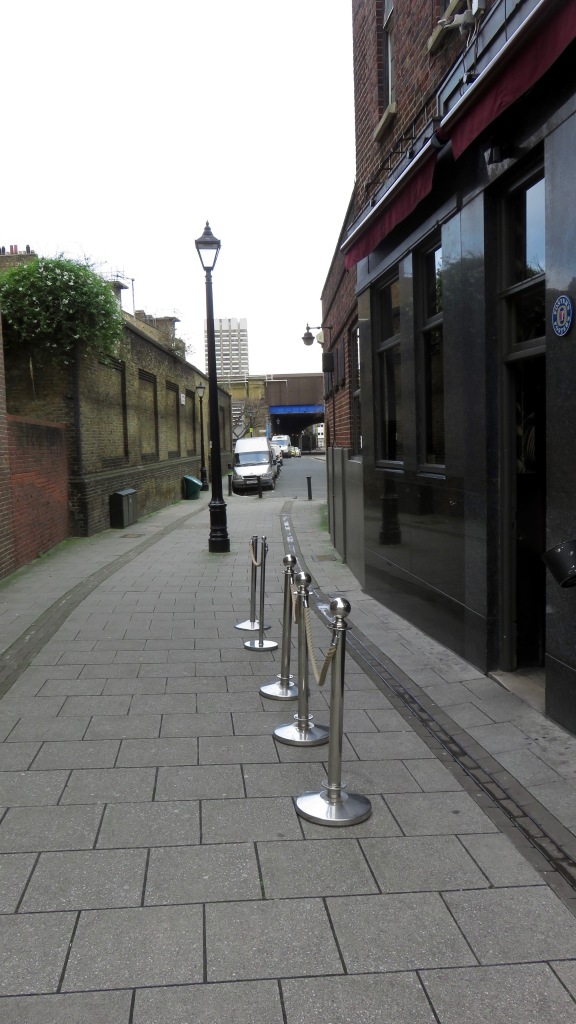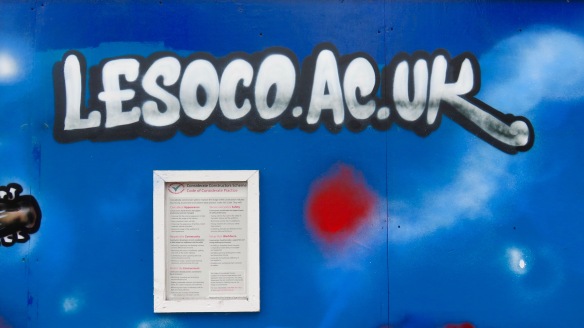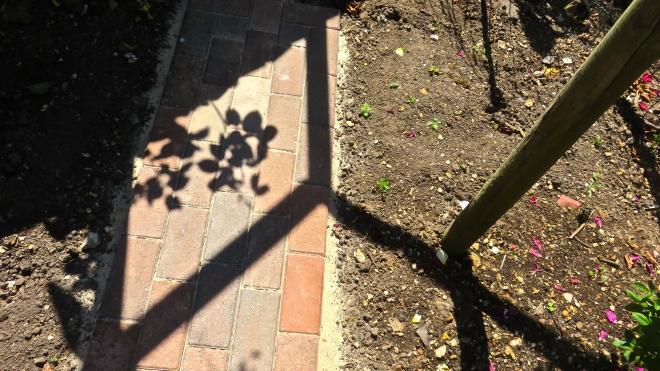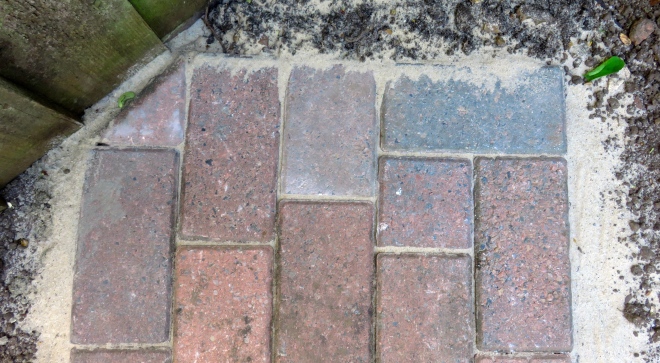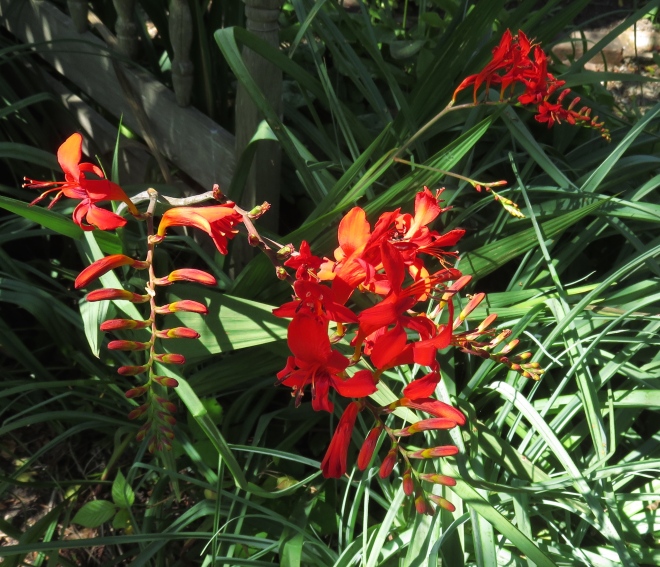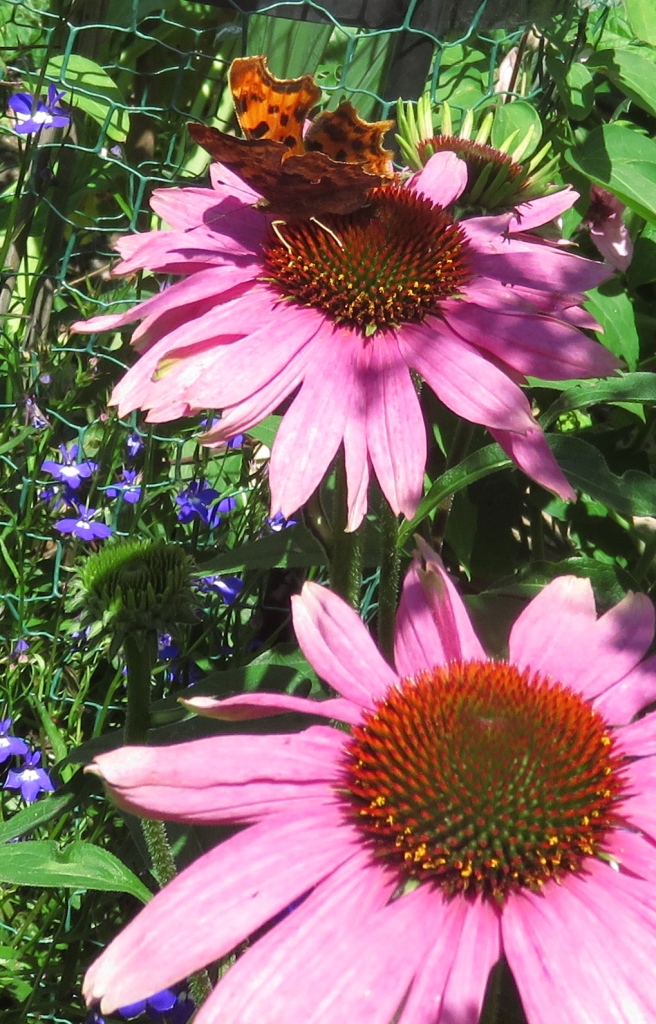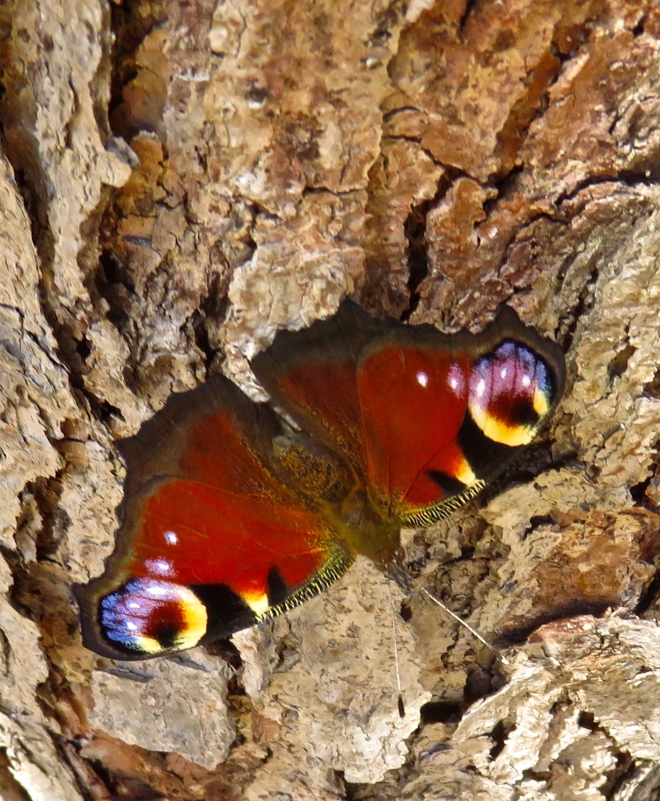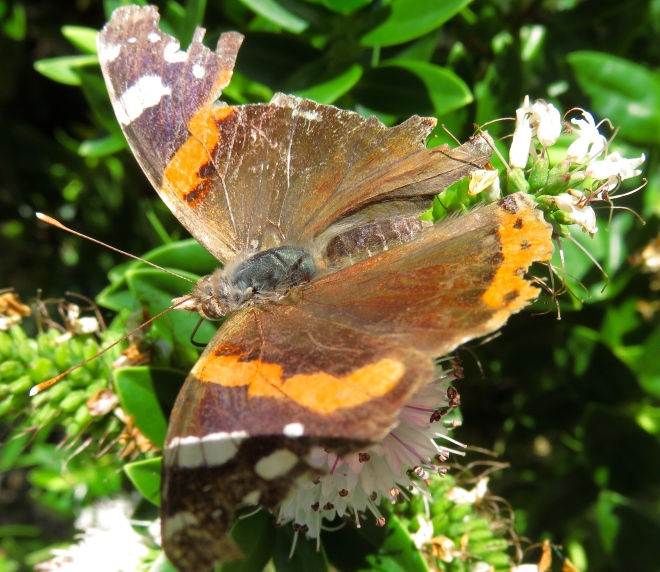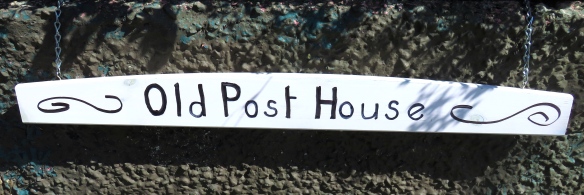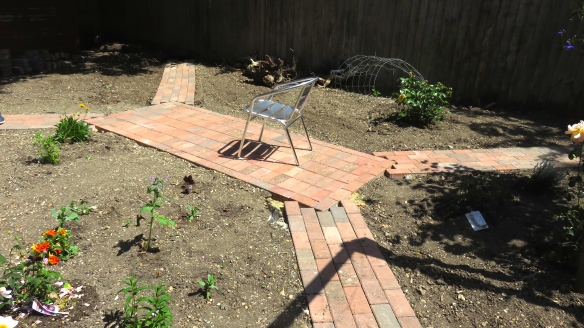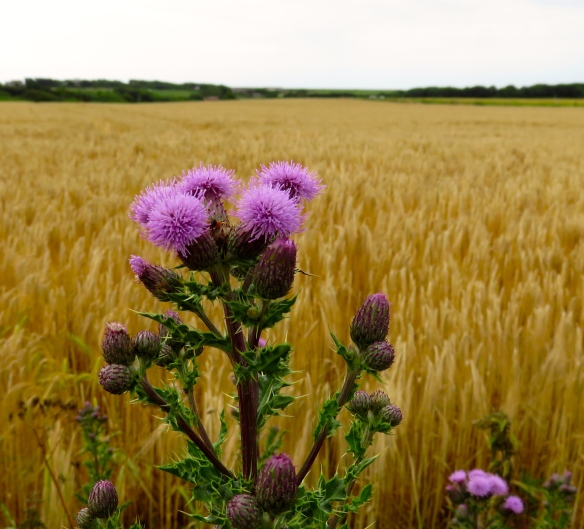On another overcast morning Aaron, tasked with improving our stepping stone escape route from the Dead End Path to the patio, fetched some spare paving from his own home and
produced this level work. He was one stone short and will bring that next week.
I first read
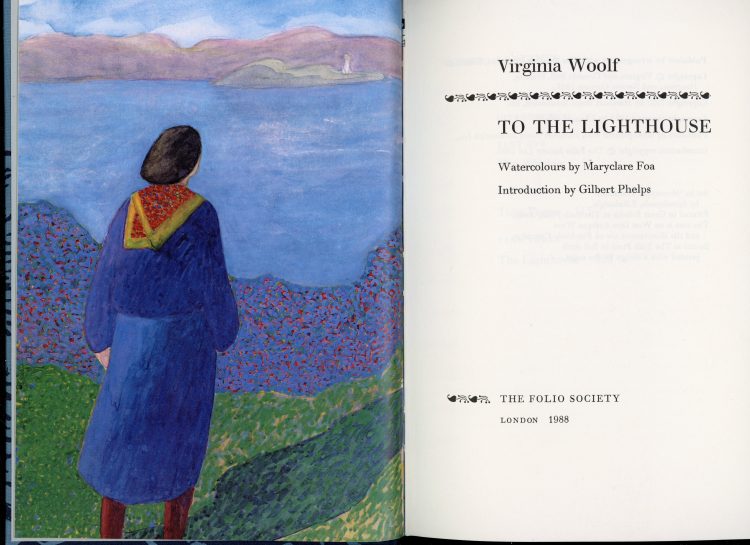
in 1989. About 20 years later I read it again for the Upper Dicker Book Reading Group. Today I finished it once more in order to test my response to Louise DeSalvo’s biography. https://derrickjknight.com/2020/05/19/seeking-acquaintance/
I don’t remember ever reading another novel three times.
I enjoyed the work once more, no doubt with greater understanding. Perhaps all first novels are to some extent autobiographical, and, having been enlightened to the story of this most gifted writer’s childhood and adolescence, I have to agree that Mr and Mrs Ramsay are undoubtedly based on Mrs Woolf’s own parents. As it is my custom not to reveal spoiler details of the story, I will say no more about this.
This novel is an exceptional work of art. The symbol of the trip to the Lighthouse underpins the developing dissection of a family group’s relationships evoked with remarkable insight. As always the author’s language, given her abundance of detailed description, is elegantly economical. Every adjective, every adverb, every metaphor, every simile is made to count. (She makes good use of parenthesis and would not have countenanced this last sentence). Her punctuation is flawless, and her phrasing perfect, reflecting the numerous revisions she apparently made to her well crafted works.
Gilbert Phelps’s introduction is knowledgeable and educational.

The cloth boards are embossed with a design by the artist.





I confess to having been initially ambivalent about Maryclare Foa’s colour illustrations. Although very well composed with good palettes I found the distorted figures rather ponderous. Now, however, I believe the painter has captured the isolation of the individual characters much as Virginia’s sister Vanessa Bell did in her faceless paintings. It is a policy of the Folio Society to choose an illustrator who can represent the period.
This evening we dined on Jackie’s super savoury rice; a rack of pork ribs in barbecue sauce; salt and pepper prawns; and spring rolls with which she drank Becks and I drank more of the Douro.




